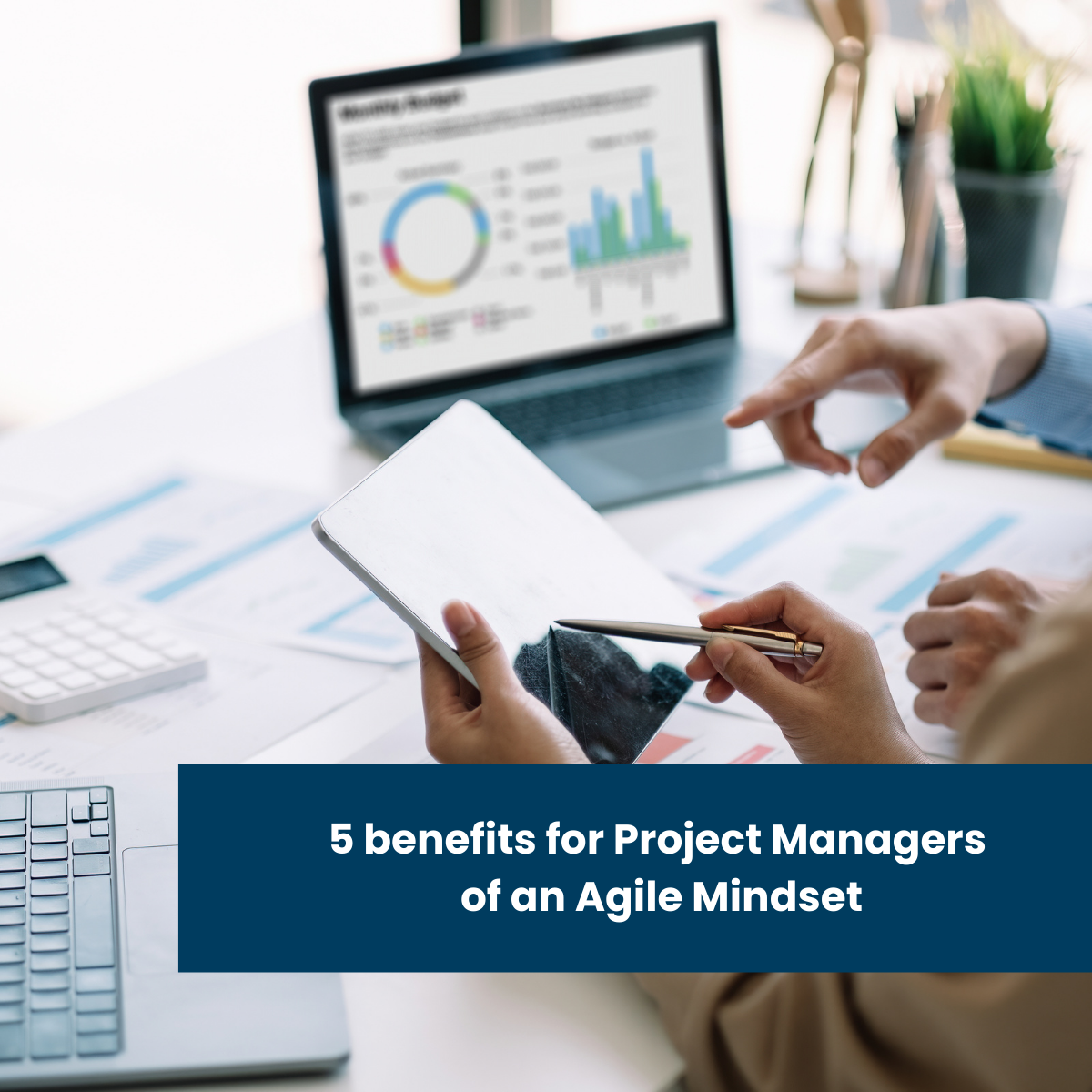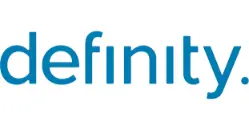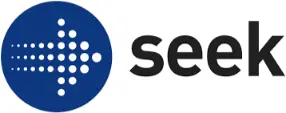We often hear about the importance of ‘doing agile AND being agile’. Not all organisations or projects adopt Agile methodologies, yet they require us to be nimbler in working, leading and learning.
For Project Managers, there is also the expectation to deliver and meet deadlines, while managing scope and budget. In fact only 33 percent of respondents reported high organizational agility in PMI’s 2021 Pulse of the Profession® 1.
How might we reconcile these responsibilities with expectations of being more agile?
Let’s start with the mindset that benefits project managers
Being agile is more than just a methodology. It’s also about how you think and what you do. So, an excellent place to start is to build the right mindset.
A mindset represents a set of filters, attitudes and beliefs that process information to guide how you operate. Your mindset is shaped by these influences that you believe to be true.
In business environments of continuous change, we define the agile mindset as one that
“Demonstrates the ability to recognise failures and challenges as opportunities for learning and improvement, along with resilience to evolve and adapt to meet changing requirements”
The agile mindset equips you to cope with deep uncertainty, ambiguity, and complexity in fast-moving environments. Whatever your project types, the agile mindset serves the Project Manager well.
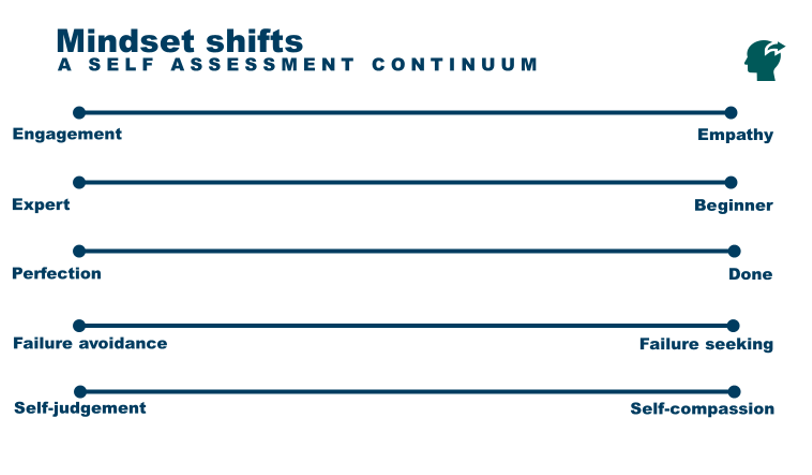
Our research shows there are five core shifts that benefit leaders of all types of projects.
- From engagement to empathy
- From perfection to delivery
- From failure aversion to failure seeking
- From expert to beginner mindset
- From self-judgment to self- compassion
While some of these shifts seem counter intuitive to traditional project management development, the pay-off can be profound.
Why should project managers bother?
The increasing pace of project delivery in today’s environment means there is value for Project Managers shifting to a more agile mindset. Whether you are working in a waterfall, hybrid, or Agile project environment such as Disciplined Agile Delivery or SAFe it doesn’t matter. Here are five immediate benefits to consider:
- Builds engaged stakeholders: When you lead projects through the lens of empathy, you become more curious and invite different views and insights from your team, and more importantly key stakeholders. Empathy creates a ‘stickiness’ and a willingness to follow your direction. Blockers and resistance dissipate.
- Brings liberation: When you are comfortable with letting go of perfectionistic tendencies you speed up delivery of your initiatives. There is a freedom in experimenting with new practices and not needing to have all the answers and expertise. McKinsey & Co report a 5x – 10x increase in speed of decision making when organisations focus on agility.
- Improves quality of your work: An agile mindset is a curious one. When we are continuously open to learning, we proactively seek new information to help make sense of complex situations and environments. This means experimenting with different approaches, some which will fail. But it’s in the risk taking that you can join the dots and innovate. A comfort with failure seeking creates a sense of psychological safety with your team.
- Helps you lean into ambiguity and uncertainty: Embracing ambiguity and the discomfort of uncertainty is a leap of faith in thinking. Once we accept the uncertainty we give ourselves permission to explore and ask questions. Applying a beginners mindset means our minds are open to new possibilities, which in turn evolve into ‘aha’ moments or breakthrough solutions for stalled projects.
- Builds resilience
As we start to feel more comfortable with the discomfort of uncertainty, we can adapt better to changing situations and moving targets. A focus on self-compassion assists us in personally navigating the challenge of ongoing change. As we build personal grit, we are less fearful of failure as we see it as a pathway to innovation.
Can you really shift your mindset?
Yes, you can!
Your mindset is attached to attitudes and beliefs influencing the data you search for when trying to answer a question. Your confidence in your beliefs creates a self-confirming cognitive bias of data seeking, which in turn creates additional stability to the mindset you hold.
You can shift those beliefs and attitudes or even change them completely, depending on the importance of the change and the proof provided to you as the importance of the change.
At some point finding data that supports a pre-existing attitude gets more challenging and the certainty in your belief may erode as the external environment changes.
Mindset change occurs either naturally, organically, or introspectively. Over time, you change your beliefs and attitudes about an idea, a concept or situation. Or you are guided through that mindset change deliberately with the help of a professional, a peer or a development program or course.
What gets in the way?
An agile mindset thrives and grows in an environment that is psychologically safe for project managers.
When you demonstrate that you have an agile mindset, show vulnerability and lead with true empathy, you signal that it’s okay for your people to do the same. As a project leader, it’s essential to show people that it’s a safe place to experiment, talk about mistakes, ask questions, and become even more curious.
It can start with you.
PS One more benefit!
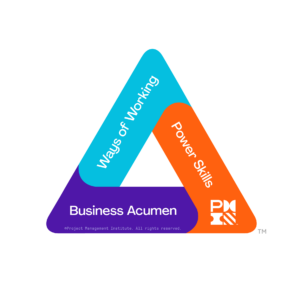
PMI members – Our Agile Mindset Microcredential can earn you PDU points for your continuous certification requirements for your PMP or PMI-ACP accreditations! It addresses the Power Skills side of the new Talent Triangle.
Contact your local chapter for a member code to get a discount!
References
1 https://www.pmi.org/learning/thought-leadership/building-agility-into-the-organizational-dna

